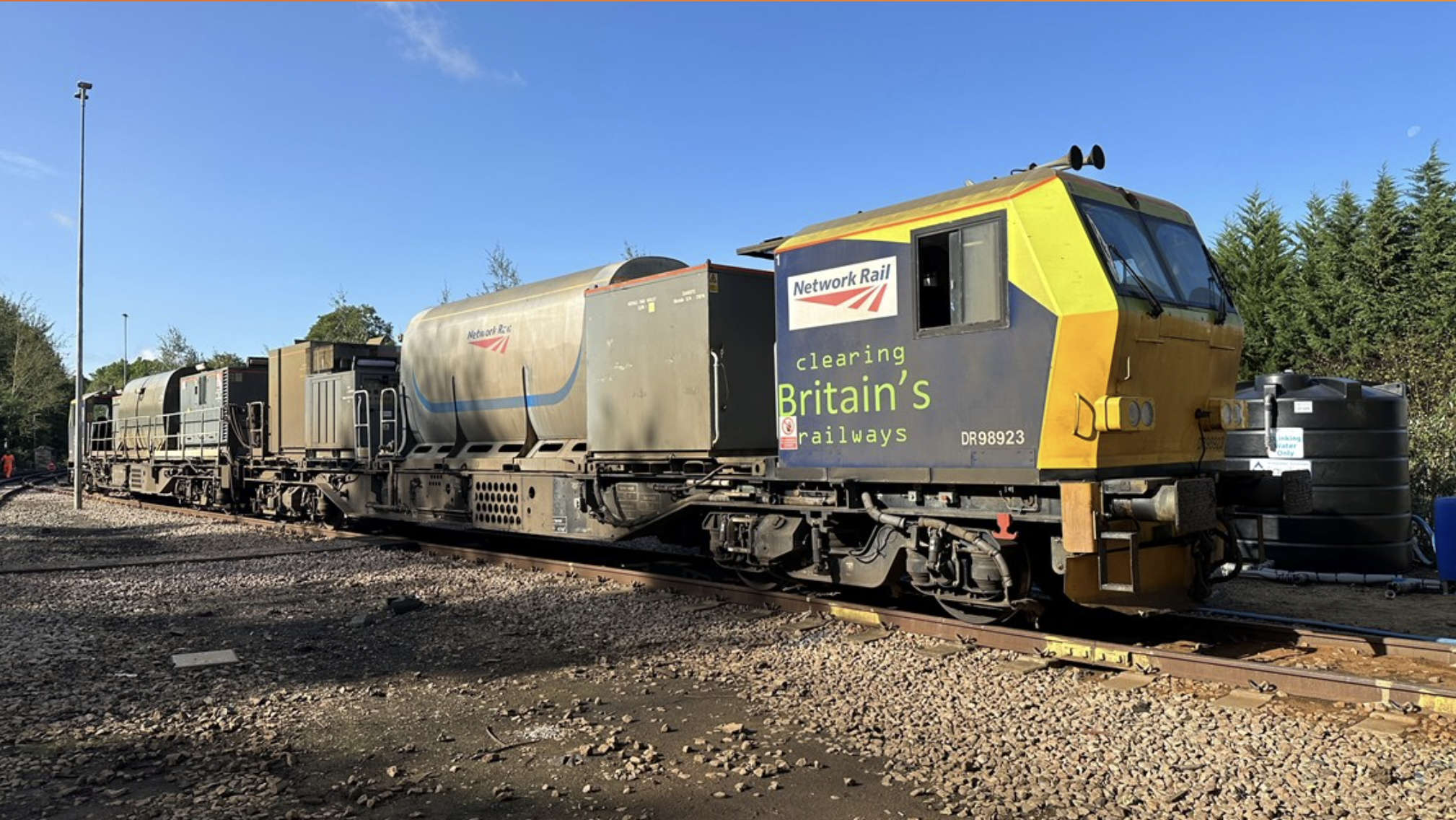
A fleet of ‘leaf-busting’ trains will be in action to keep the railway leaf-free and running reliably this Autumn.
It'll be used across Network Rail’s Southern region – which covers the railway in the south of England from Weymouth to Brighton to Dover.
Nineteen trains known as Windhoff Multipurpose Vehicles (MPVs) and six trains called RHTTs (rail head treatment trains) will operate from the region’s seasonal delivery depots in Effingham, Horsham and Tonbridge.
The specialist trains are equipped with high pressure water jets to blast leaves off the lines and, where necessary, apply a sand-like gel to help trains grip the rail better.
Operating until mid-December, they will treat a total of 318,000 miles of track – roughly 12 times around the planet – working to rid the railway of leaves, snow and ice.
There are millions of trees on or next to the railway and every autumn thousands of tonnes of leaves fall onto the tracks.
The combination of wet weather and passing trains compresses the leaves into a hard slippery layer on the rails.
This is the railway’s equivalent of black ice on the roads. Slippery rails make it harder for trains to accelerate and brake effectively, so drivers have to move out of stations more slowly and brake much earlier to stop in time.
The build-up of leaves can also create a barrier between the train wheels and the electrical parts of the track that let signallers know where the trains are.
With climate change blurring the traditional weather conditions expected in each season, Network Rail is also preparing to simultaneously tackle ice and colder weather.
Across much of the railway in the south of England, trains are powered by the conductor rail (also known as the third rail) which can get covered in ice and snow, stopping power reaching trains.
To prevent this from happening MPVs and snow and ice treatment trains (SITT) both scrape ice off the conductor rail head (the top of the conductor rail) and spray the rails with anti-icer.
Giles Baxter, Network Rail’s Sussex route operations and performance manager, said:
“Autumn is a really challenging time for the railway, owing largely to the significant amount of leaf fall and wet weather.
“Our teams will be working tirelessly using our 25-strong fleet of specialist trains to treat a total of 318,000 miles of track across the Southern region – roughly 12 times around the planet – to help keep the tracks leaf and ice free so passenger and freight services are able to continue running safely and reliably this Autumn.”
Jenny Saunders, Customer Service Director for Govia Thameslink Railway, said:
“Fallen leaves can cause as much disruption as severe winter weather, so over the next few months Network Rail’s pre-emptive activities with their specialised equipment are vital for keeping our customers moving. It’s reassuring to know that this hard work is going on behind the scenes throughout the autumn.
“Over this period, we’ll also be working closely with Network Rail to prepare for winter weather, distributing de-icing equipment, checking stocks of salt and shovels, and making sure our staff are up to date with the safety procedures.”


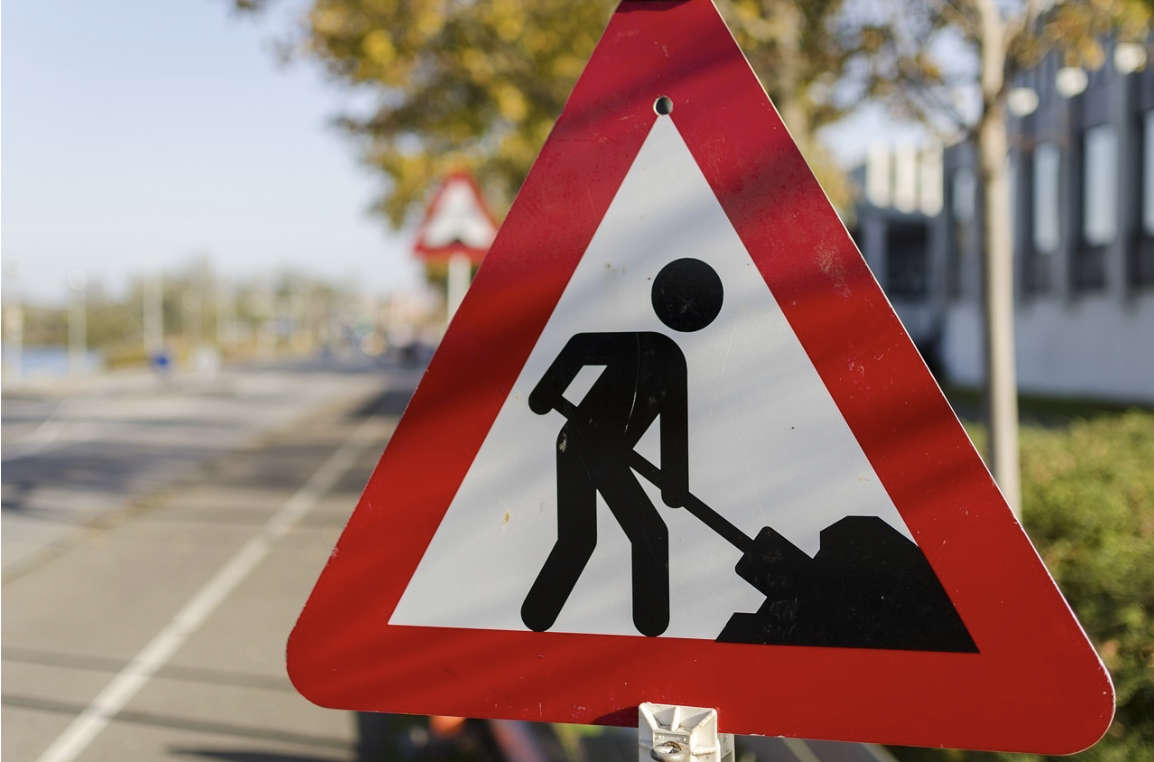 Overnight Closures For A22 Forest Row Road Improvements
Overnight Closures For A22 Forest Row Road Improvements
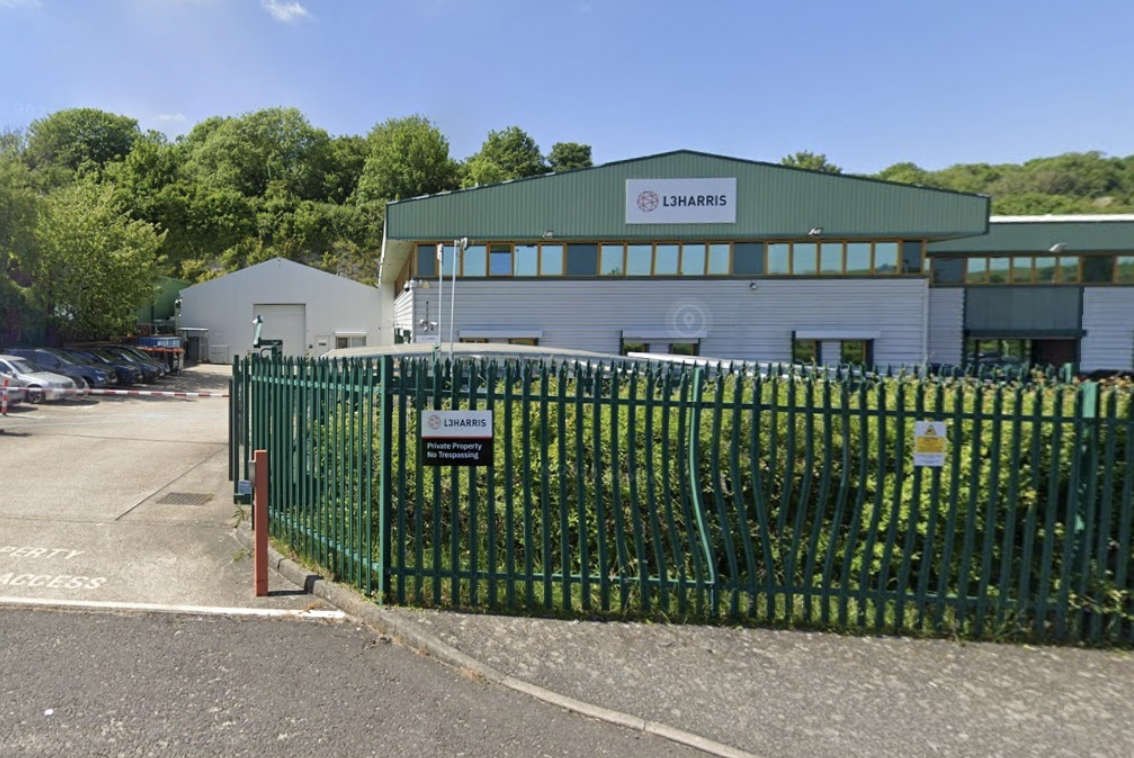 Brighton Defence Manufacturer's Controversial Planning Application Likely To Be Heard
Brighton Defence Manufacturer's Controversial Planning Application Likely To Be Heard
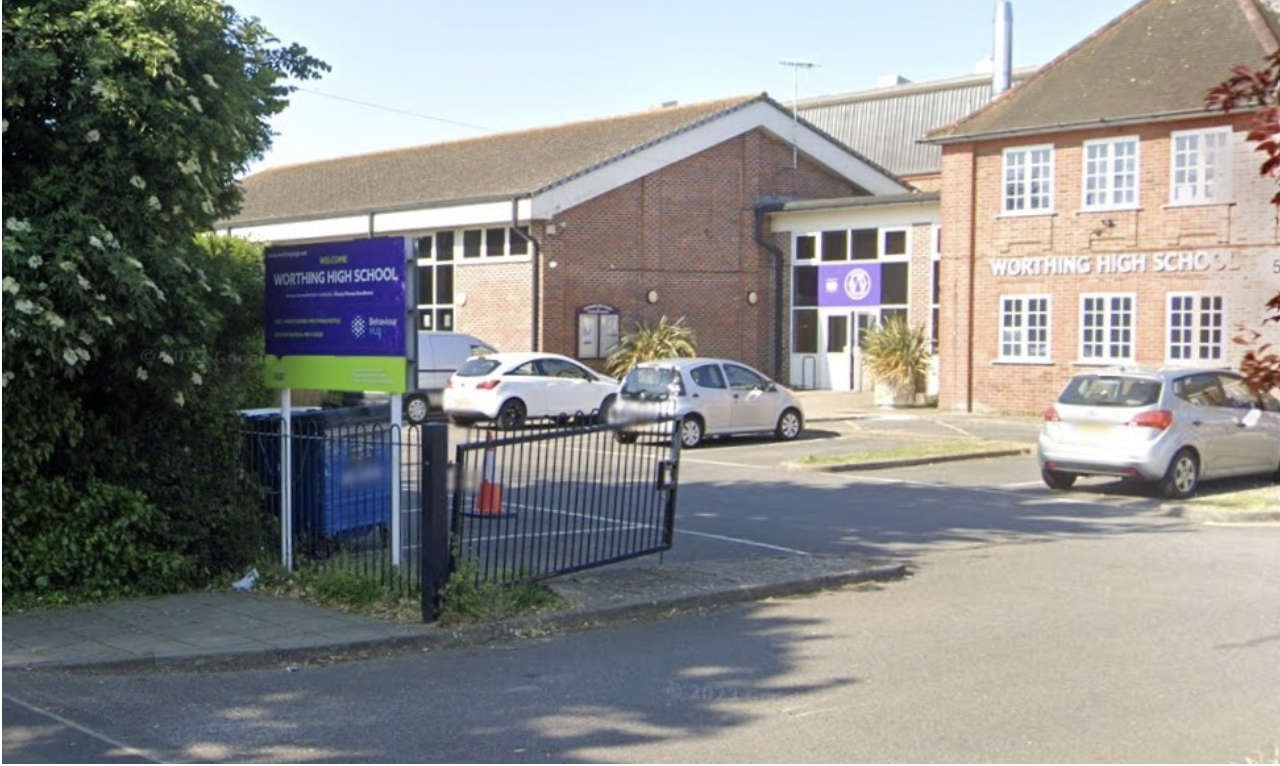 Over £2.4m Approved For Worthing School Support Centre
Over £2.4m Approved For Worthing School Support Centre
 Section Of M25 To Close Again Tonight - As Drivers Warned Not To Get Complacent
Section Of M25 To Close Again Tonight - As Drivers Warned Not To Get Complacent
 Plans For 800 New Horsham Homes Refused
Plans For 800 New Horsham Homes Refused
 Over 200 Co-Living Flats Approved For Brighton
Over 200 Co-Living Flats Approved For Brighton
 Teenager In Custody On Crawley Attempted Murder Charge
Teenager In Custody On Crawley Attempted Murder Charge
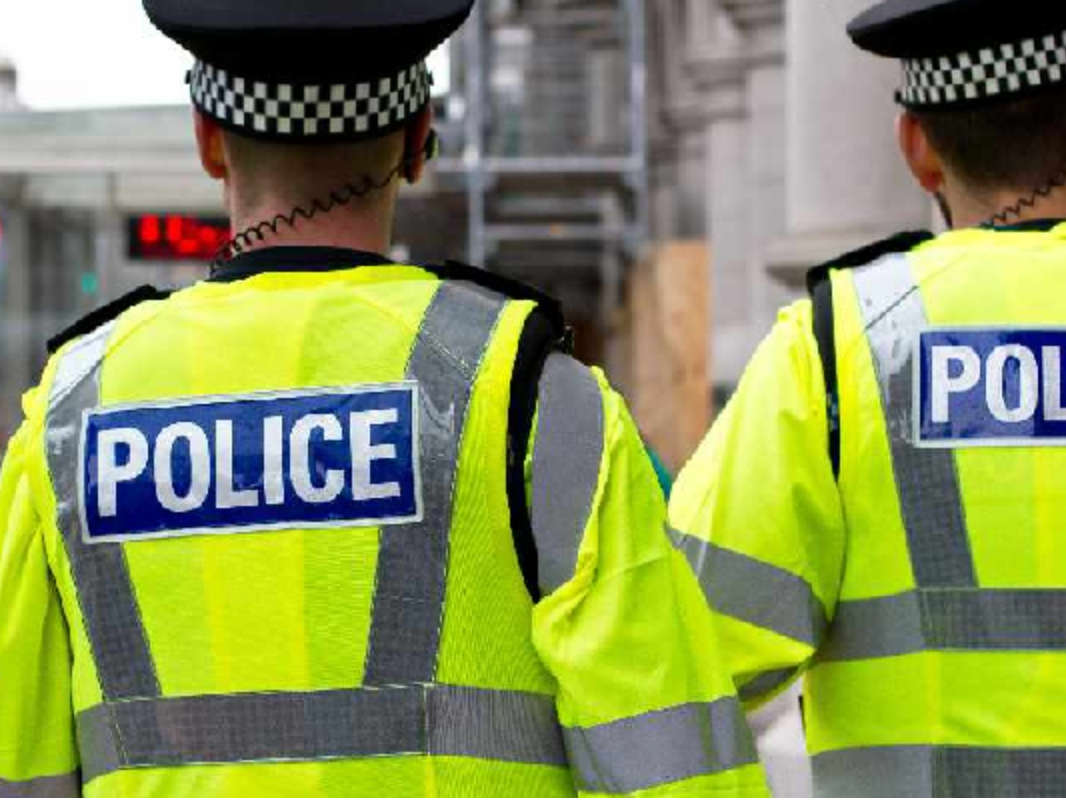 Appeal Following Assault In Hastings
Appeal Following Assault In Hastings
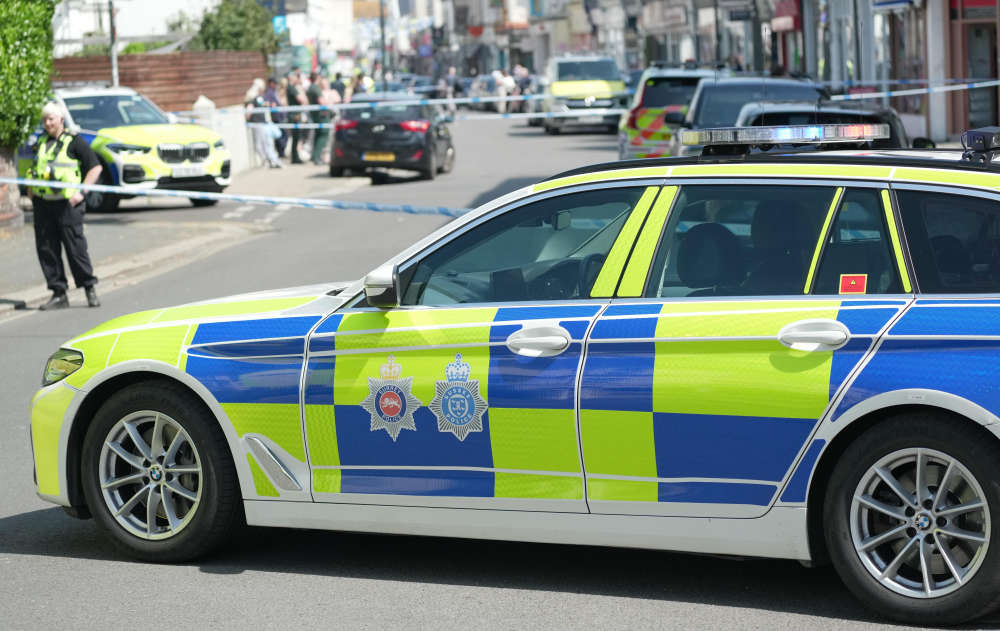 Road Closed As Armed Police Attend Incident In Worthing
Road Closed As Armed Police Attend Incident In Worthing
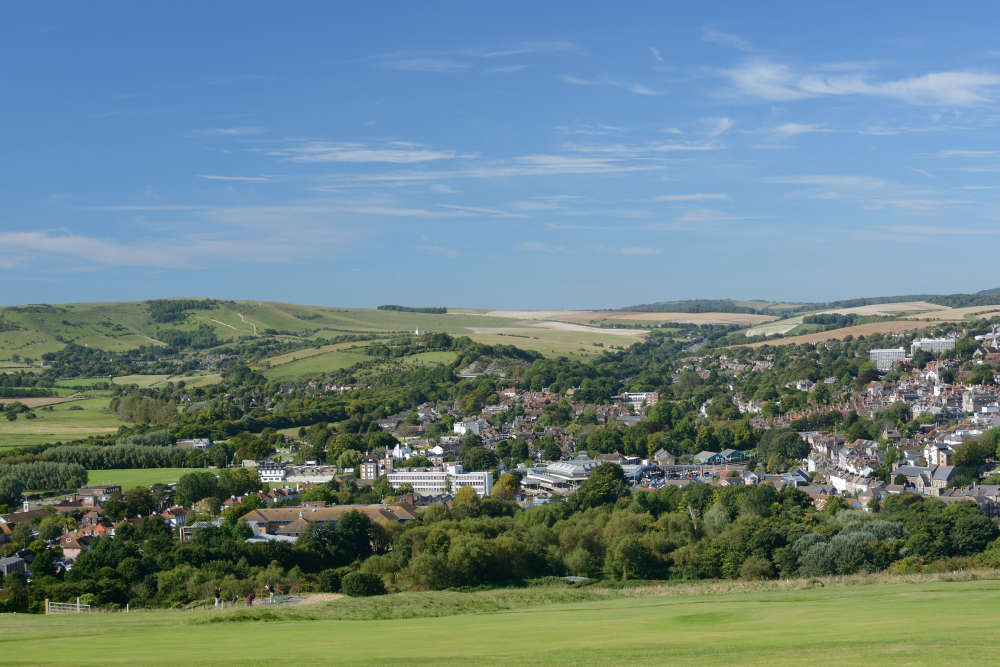 Lewes District Council Placed In Planning Special Measures
Lewes District Council Placed In Planning Special Measures